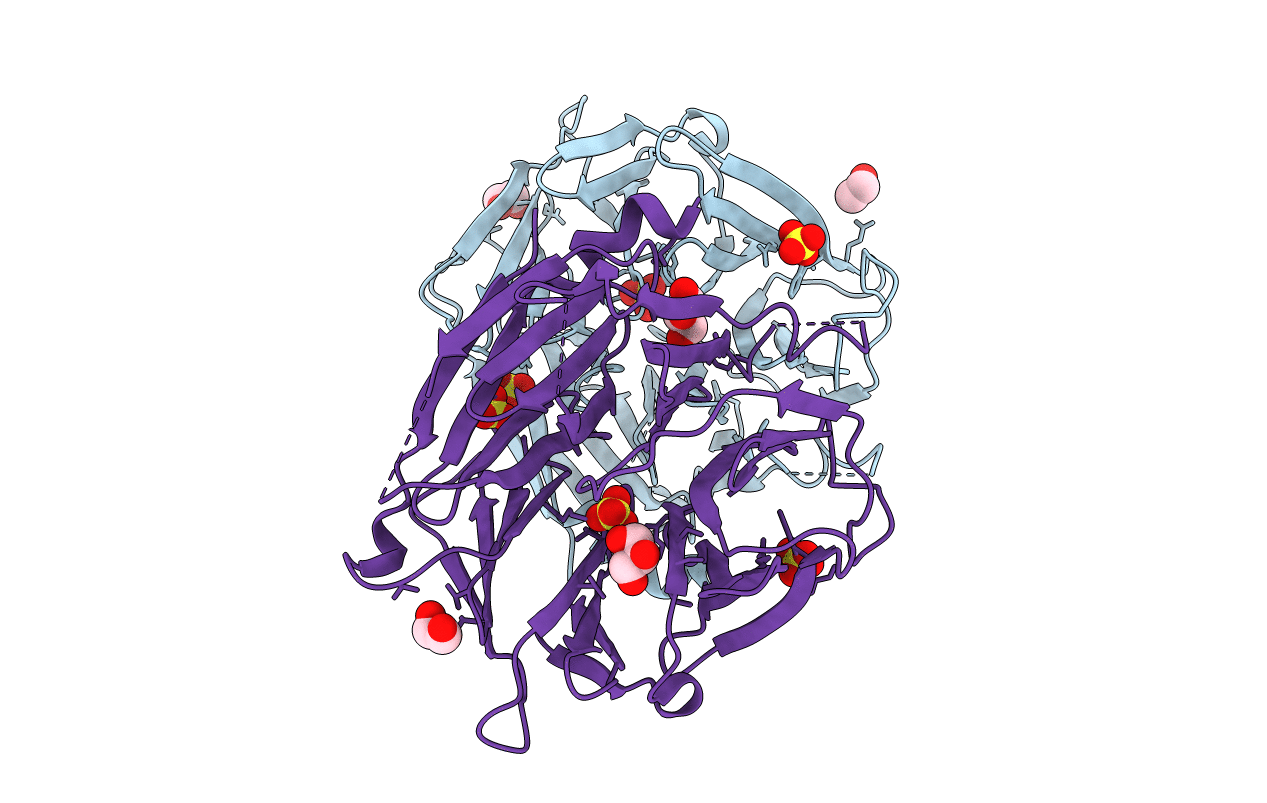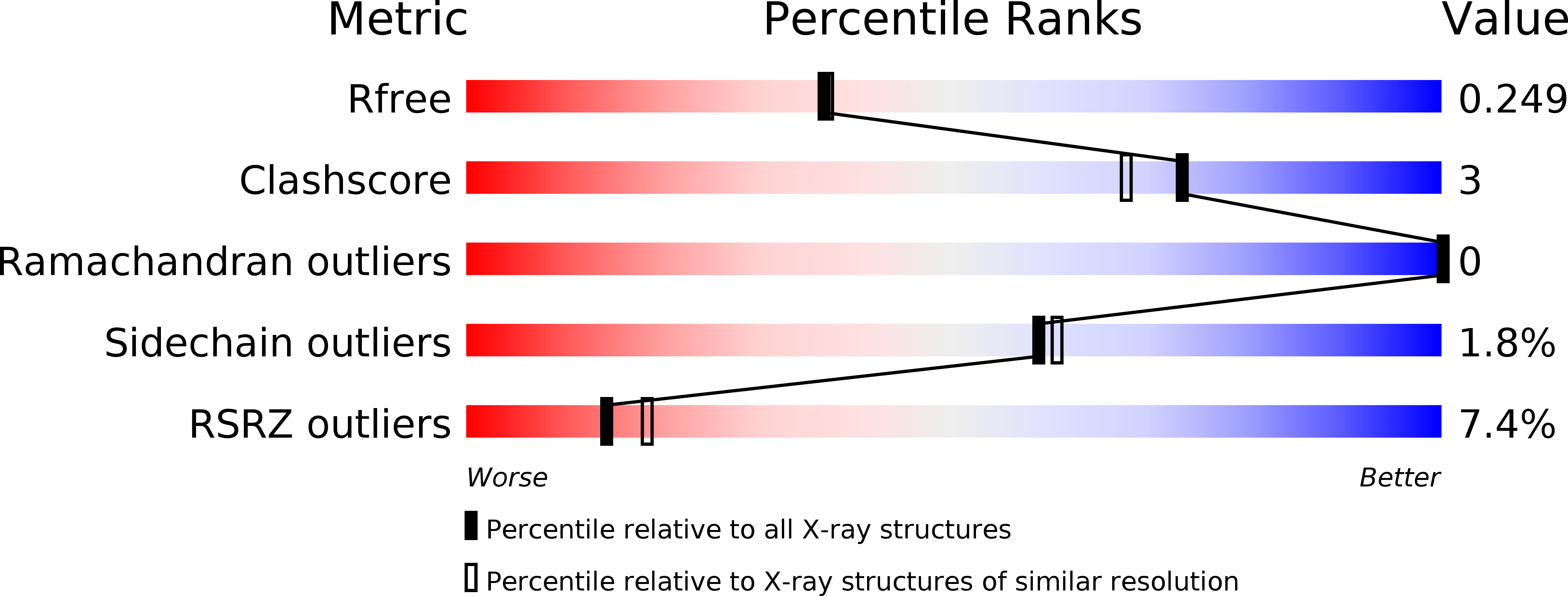
Deposition Date
2014-08-01
Release Date
2014-10-29
Last Version Date
2024-05-08
Entry Detail
PDB ID:
4UUY
Keywords:
Title:
Structural Identification of the Vps18 beta-propeller reveals a critical role in the HOPS complex stability and function.
Biological Source:
Source Organism:
SACCHAROMYCES CEREVISIAE (Taxon ID: 4932)
Host Organism:
Method Details:
Experimental Method:
Resolution:
2.14 Å
R-Value Free:
0.24
R-Value Work:
0.20
R-Value Observed:
0.20
Space Group:
P 1 21 1


